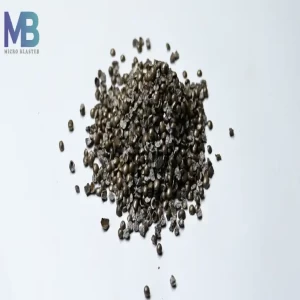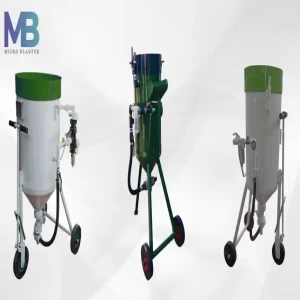Search

5 Best Types of Thermal Spray Coating Process
Today, several different industries use thermal spray coating. These coatings are made from wire and molten powder exposed to the combustion of plasma and oxygen. The fire from the sprinkler drives the heated mixture, and the mixture retains a solid cover once it is sprinkled onto metal.

Thermal spray coatings can be used in a wide range of practical applications, including preventing extreme temperature, chemicals, and environmental factors such as moisture and precipitation of HVOF (High-Velocity Oxy-Fuel Spraying) HVOF is the technique that uses a torch to spread the flames while the nozzle is used. Aircraft, metalizing wire, zinc spray coating wires, shot blasting machines, or other materials.
Here are the 5 most popular thermal spray coating procedures today.
Best Thermal Spray Coatings
#1. HVOF (High-Velocity Oxy-Fuel Spraying)
HVOF is a process that uses a torch to disperse the flame when the nozzle is used. This generates quick momentum accelerating the mixture's particles. The result is a fragile, uniformly distributed coating. This coating is robust and adhesive, although it's thin. Its corrosion resistance is higher than plasma coatings, but it is not suitable for high temperatures.
#2. Combustion Flame Spraying
Combustion flame spraying is a fantastic choice for non-extreme stress surfaces. As the spraying mechanic is motivated by a lower flaming velocity, the resulting cover is not firmly fixed to the surface. The flame is produced by combined oxygen and gasoline, and the mixture is melted. Combustion flame spray is popular because of its low cost for low-intensity applications.
#3. Plasma Spraying
The plasma torch is the main instrument for heating and spraying the covering with plasma spraying. After melting of the powder content, it is then put on the product similar to flame scraping by combustion. Plasma spraying can result in coatings that are between a few micrometers thick to several millimeters. Metals and ceramics are used as well, though the powder is the most commonly used material. Because of its adaptability, the plasma spraying process is widespread.
#4. Vacuum Plasma Spraying
Vacuum plasma sprays take place under control but use low temperatures. The vacuum is held while damage to the material is reduced. Different gas combinations can be used to obtain the necessary spraying pressure. For products such as auto-bumpers, dashboards, or door mirror boxes, vacuum plasma pumping is used. This method is also used for the pre-treatment of polyethylene molds that adhere to water-based epoxy adhesives.
#5. Two-Wire Electric Arc Spraying
The arc point among two electrically conductive wires is used for this spraying technique. The point where the cables bind would be melting. The arc enables heating that causes deposition and melting, close to the combustion flame used for an explosive. Compressed air is used in two-wire Electric Arc Spraying. Because of its cost-effectiveness, this technique is common and usually uses aluminum or zinc as the basis material.
Thermal Spray Coating Manufacturers
Sandblasting Hopper one of the top Thermal Spray Coating Manufacturers in India. We have the best quality products available with us like sand blasting machines, blast room systems, shot blasting machines, dust collectors, bentonite plants, zinc spray wire, metalizing wire, and a lot more.
Check all our products here at Sand blasting Hopper. In and contact us at info@sandblastinghopper.in if you have any confusion, doubt, or query.

